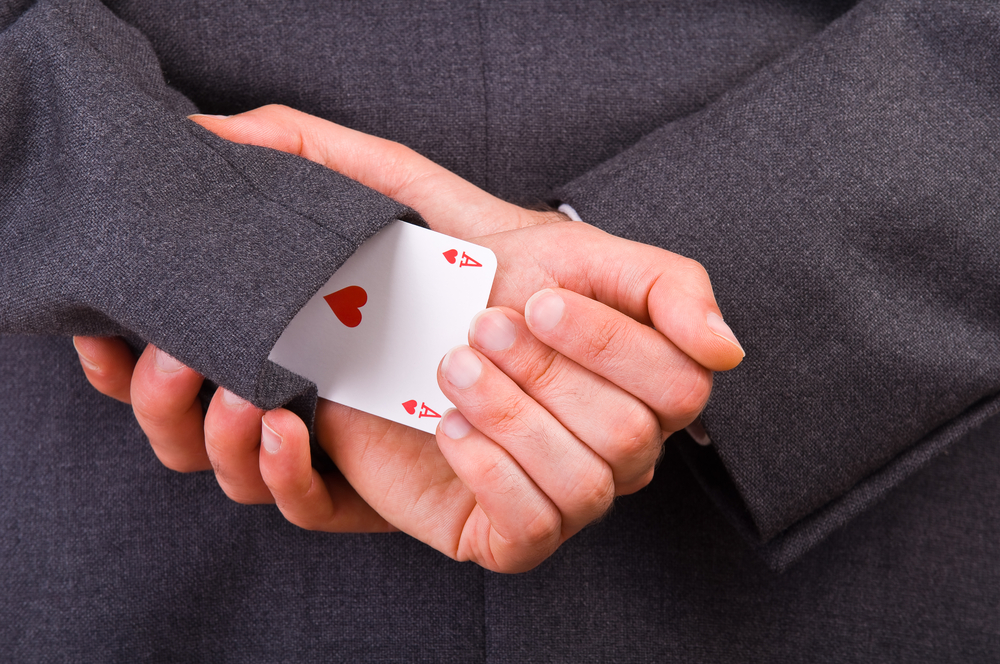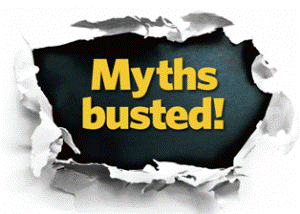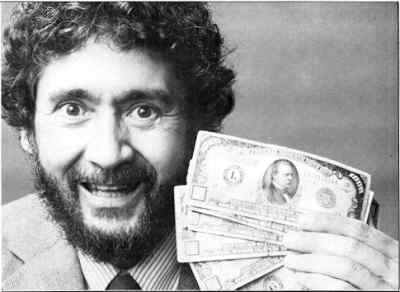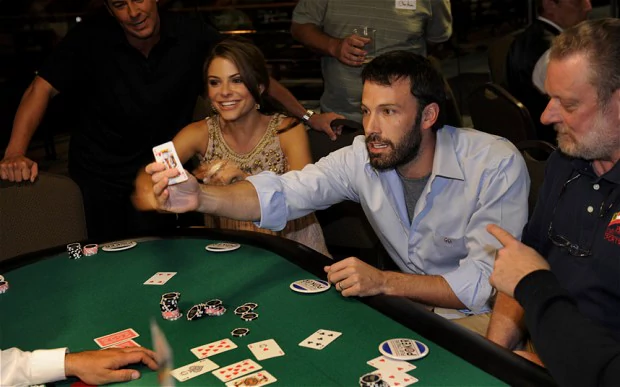Cheating used to be game around the poker table. It was either the house deceiving the gambler or the gambler taking the house for a ride. Pulling a scam to get the big bucks rolling was expected of any respectable Maverick.
The hand didn’t have to be great to begin with; it was sure to improve along the way, not from some fortuitous twist of fate but through a skilful sleight of hand that would turn a gamer into a hustler, and a gambling den into an underground, adrenaline-fueled brace joint.
Nowadays, cheats will never show remorse for separating casinos from a few of million dollars which, compared to the annual revenue, counts as spare change. But they won’t brag about their gambling exploits neither (unless they’re the self-declared cheater of the century Richard Marcus). Glorifying a good swindle is not fashionable anymore.
But there’s a cold war raging on both sides. Casinos and patrons alike arm themselves in high-tech, ingenuosity, and progressive cat and mouse traps that will almost always boil to either a backroom conflict or an infamous lawsuit.
Here’s a timeline of cheat tables, from age-old hustlers of the frontier gambling scene to 21st century hackers always wearing a con up their sleeves.
1882: Soapy Smith Plays a Dirty Bunco
It was the cheaters who attracted the gambling reformers that were to spell doomsday for games of chance outside Nevada. And Soapy Smith brought his contribution to the demise of post-Gold Rush casino age.
While the American map was lighting up like a newborn galaxy complete with trailblazers, gambling boomtowns (ask Doc Holliday about Tombstone), railroads being sewn into the fringes of the wild frontier, silver and gold being rushed to the surface by intrepid forty-niners, the get-rich-quick schemers of the 1800s were only too happy to join the money bonanza.
Soapy Smith slithered into illegality by mastering the game of graft and owning the thimble rig- moving a pea under three thimbles and waiting for an enthusiastic audience to place bets.
But Bunco soon replaced Texas Hold’em as the new favorite pastime in the town of Denver, and Soapy was quick to learn the tricks and tame chance into skill.
Similar to the three card monte, Bunco crossed the ocean into the New World on the ships of the immigrants and, like most of them, ended up in the squalid suburban rings of the growing rich city enclaves where it lent itself to swindlers and conmen.
After a stint as a parlor game, Bunco was repopularized as a family leisure activity in the 1980s but not before Soapy Smith, the ever ultra-slick romp, squeezed all the juice out of it in his Tivoli Club, erecting an empire of thugs and thieves.
A house of cards scam, until the bust-out joint went bust, and the gambling itch could only be scratched within The Strip’s city limits.
1946: Meyer Lansky Clips the Razzle-Dazzle
The carnies would roam the continent, making money off gullible marks with a game rigged to its core: the razzle-dazzle. Once the scam had been deconspired, the razzle had to be relegated to the extremes of the continent.
It ended up being the game du jour in Havana, Cuba.
When Dana C.Smith, an attorney boasting links in the higher echelons of politics, got fleeced of $4,200 while razzling and dazzling at Rothman’s Sans Souci Casino and took the complaint to his senator friend Richard Nixon (himself a high-stakes player), it was end of game for the cigar-puffing scammers and their crooked bust-out joints.
And just like in Las Vegas, it was the Mob biggies who stayed behind to rehabilitate the tarnished reputation of gambling in Havana.
General Batista injected some money fuel into the last standing clean casino belonging to Meyer Lansky and even hired the latter as the government’s consigliere on matters of gaming reform.
You can imagine the advice received from the other side of law’s fence; maybe something along the lines of “There’s no good money or bad money; there’s just money”.
1974: Monique Laurent Puts a Smoke Screen Over the Roulette Table
It wasn’t Lucky Strike that lit Monique Laurent’s fortune at the roulette table, but La Belle Voleuse and her crew did cheat their way to 5 million francs (or over $1 million) just with a pack of cigarettes.
The scam targeted the Deauvilly Casino in Lower Normandy and involved three people (imagine the presentation Guy Ritchie style):
- Monique- the seductress Ginger whose roles involved 1) diverting the attention of the security personnel and 2) chain-smoking the first convertible cigars that you could pop. They did not release a menthol drag but activated the roulette ball.
- Monique’s brother- the roulette croupier who doubled as the radio man, sneaking the fake ball with a receiver into the game.
- Monique’s husband- who had the most fun placing the bets and winning!
And just like in Casino, it was the manager who caught up with the French Ginger’s scam with as simple a maneuvre as asking her for a cigarette.
1989: A Fraud and Murder Revolution Sparked by Casino Cheating
Gambling establishments have gotten themselves into a bad rep. Hollywood doesn’t shy away from portraying casinos as a second Wall Street-type of organized shakedown jumping on a federal money IV when the economy turns tough.
One of the most notorious cases of casino cheats points to the American Coin Company, a gambling behemoth in the 1980s landscape of Nevada. As it turned out at the time, the establishment’s main efforts were invested into rigging their own slot machines.
It was an inside job that had every employee, from programmers to marketing directors to company receptionists, bite into the pockets of thousands of gullible gamblers.
Up to $15 millions worth of jackpots never left the casinos, winnings that were instead filtered into the bank accounts of American Coin’s partners.
When the chips fell down and the rattle spelled nationwide scandal, those same employees that rigged the pokies ended up in weird accidents- their heads blown to pieces by unknown shooters, for example.
The mess had deeper implications. It questioned Nevada’s ability to regulate its own gambling market and, for some at least, it brought the necessity of a resurrected Meyer Lansky that would clean up The Strip’s act.
2014: Russians with a Trump Card
When American slot machines go haywire, blame the Russians. At least, on this one occasion in 2014 when the Lumiere Place Casino in St. Louis got targeted by St.Petersburg hackers, their treasured RNG algorithms milked for all their worth.
The security cameras had spotted a nondescript player who appeared to defy all the natural movements of a typical button-pusher: he kept his iPhone all too close to the slots and he would make long pauses before spinning the reels in fast and furious motions.
In the span of a couple of days, the Russian had cleaned up the joint of over $21,000. The case wasn’t just an isolated incident, one guy yanking his luck out of slots, but pointed to an international scam run from the counterfeiters’ headquarters, St. Petersburg.
Since Russia had ceased handing over gambling licenses to casino operators, the unused one-armed bandits had to be sold at cut-rate prices to the lowest biders. They ended up as learning material in the hands of Russian slot pirates who ended up looting American casinos.
That’s a golden script for the next Ocean Eleven movie, I tell you!
Casino cheats will force their luck out of chance with pliers, not blow a wisp of thin air over superstitious die. The Hollywood movie glamor of the conman, though, doesn’t quite cover the tarnish. And sure, advantage play techniques are not prohibited. But that does not mean that casinos can’t kick Rainman out. A gambler who’s on fire will always smells like foul play to the house.



















